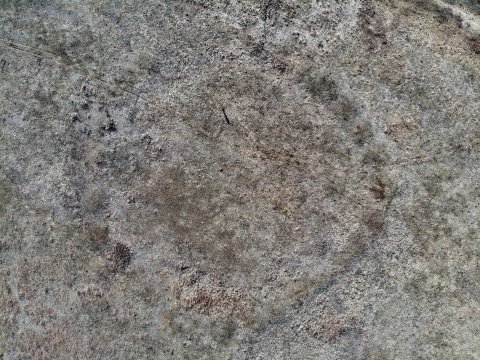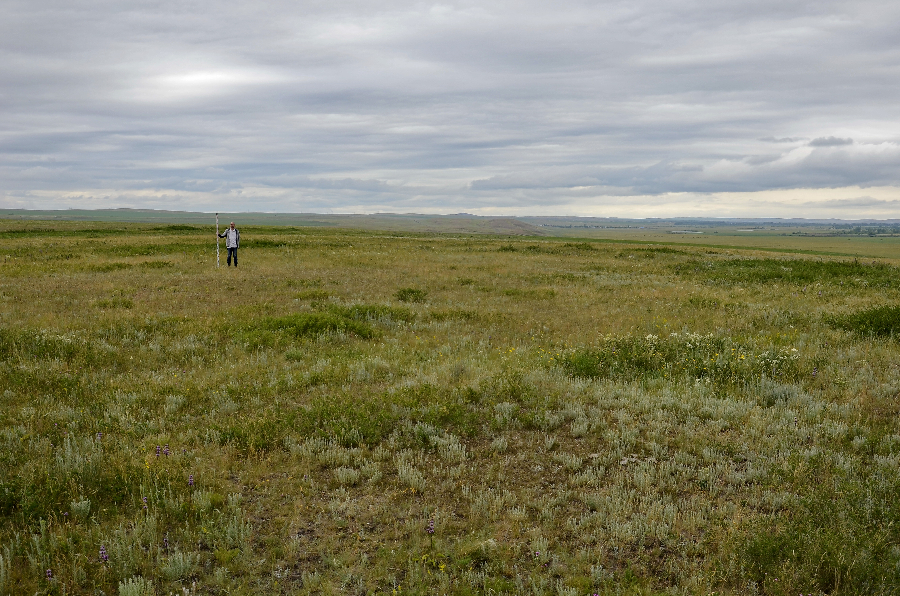Archaeologists of SUSU have conducted a visual examination of the first "geoglyph" of the Turgay type in the South Trans-Urals region. Information about the archaeological site came from a resident of Magnitogorsk, who this spring discovered a round structure made up of many small rounded embankments on the banks of the Ural river in the vicinity of Magnitogorsk.
"A field research showed that we are dealing with a “geoglyph” of the Turgay type. In the beginning of this century, as a result of studying satellite images in the Turgay steppes (Republic of Kazakhstan), 96 ritual-sacred geometric complexes (“geoglyphs”) were discovered. Among them, the majority are “geoglyphs” constructed from mound-like embankments. By shape, “lines”, “crosses”, “squares” and “rings” can be distinguished. The Magnitogorsk “geoglyph” refers to the “ring” group and consists of 28 small earthen round or oval embankments forming a broken ring with a diameter of 84 meters," said Aleksandr Tairov, Doctor of Sciences (History), Professor, Director of the SUSU Eurasian Studies Research and Education Centre.
According to Aleksandr Tairov, dating of archaeological sites of this type is very difficult due to the insufficient knowledge about them. They are tentatively dated to the second millennium BC - the beginning of the first millennium AD.





